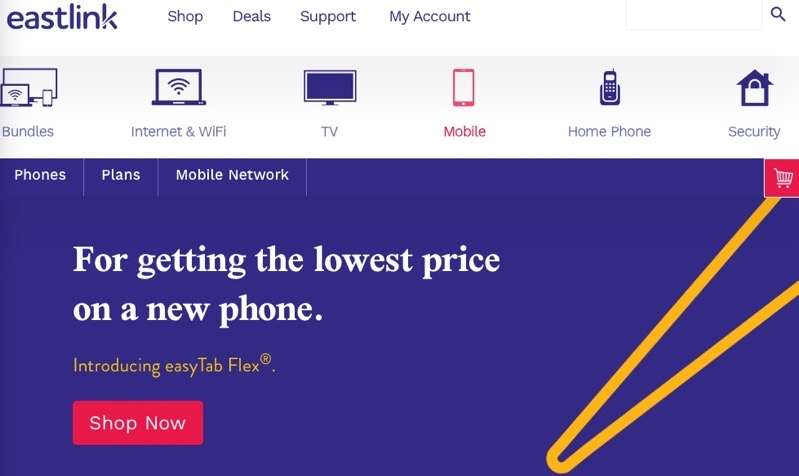
Bell Says Wireless Data Usage Increased 41% in Q4, Helping Drive Profits

Following the news of employee cuts in its media division because of the Super Bowl and industry challenges, Bell has announced its fourth-quarter earnings, reporting a strong three-month period for its wireless business.
Bell’s wireless operating revenue grew 6.4% year-over-year to $1.88 billion, based on a 7.2% increase in service revenue to $1.7 billion, the company reported today. The growth was driven by the high mix of postpaid subscribers, according to the press release.
During the quarter, Bell added 112,393 postpaid subscribers, up 23.1% compared to the 91,308 reported for the same quarter last year. For the full year, postpaid net additions were up 18.8% to 315,311 from 265,369 in 2015, Bell said.
As a result, Bell Wireless closed the year with a postpaid customer base of 7,690,727, a 4.3% increase over 2015. Total wireless customers grew 2.7% to 8,468,872. Smartphone owners now account for 83% of Bell’s postpaid subscriber base, up from 78% a year ago. The proportion of postpaid subscribers using LTE reached 81%, up from 68%.
Marketplace success and fast-growing customer usage of Bell’s superior services – including an increase of 41% in total wireless data usage and 31% in broadband Internet compared to Q4 last year – is delivering solid revenue growth. Combined with our team’s disciplined focus on cost efficiency in a competitive marketplace, Bell is delivering ongoing increases in operating profitability, especially in our wireless business which grew service revenue 7.2%, ARPU 4.7%, and adjusted EBITDA 5.1%, said George Cope, President and CEO of BCE and Bell Canada.
Blended ARPU, a key metric in a carrier’s performance, increased 4.7% to $66.69 in the fourth quarter, driven by the higher postpaid subscriber base, and increased data usage on 4G and LTE-A networks. Looking back to the full year of 2016, Bell says blended ARPU is up 3.8% to $65.46.
According to the carrier, its LTE-A network is now available to 73% of the Canadian population and provides theoretical data download speeds of up to 260 Mbps (expected average 18 to 74 Mbps), while the 4G LTE network had reached 97% of Canadians by the end of the year, with download speeds ranging from 75 Mbps to 150 Mbps (expected average 12 to 40 Mbps).

